More
Prospectus: Sports Turf Managers Association

The larger part of using the global standardization system to make the real assets of educational settlements safer, simpler, lower-cost and longer-lasting is to make every effort to use those spaces and occupancies effectively. Today we examine a few case studies and explore possibilites mapped in safety and sustainability catalogs of standards developers whose titles become the basis for government regulation. Use the login credentials at the upper right of our home page at the usual hour.
The topic is necessarily cross-cutting and technologically interdisciplinary so we draw from the syllabi of colloquia we previously covered.
Case Study: Center Grove Community School Corporation Security
Related:
Here are 10 current trends in the construction of K-12 education facilities in the United States, based on recent industry insights and developments. These trends reflect a focus on safety, sustainability, technology, and evolving educational needs, drawn from sources like architectural firms, construction reports, and educational design analyses.
2025 Group B Proposed Changes to IZC | Complete Monograph for Changes to I-Codes (2630 pages)
National Association of County Engineers
The purpose of the code is to establish minimum requirements to provide a reasonable level of health, safety, property protection and welfare by controlling the design, location, use or occupancy of all buildings and structures through the regulated and orderly development of land and land uses within this jurisdiction.
Municipalities usually have specific land use or zoning considerations to accommodate the unique needs and characteristics of college towns:
This is a relatively new title in the International Code Council catalog; revised every three years in the Group B tranche of titles. Search on character strings such as “zoning” in the link below reveals the ideas that ran through the current revision:
Complete Monograph: 2022 Proposed Changes to Group B I-Codes (1971 pages)
We maintain it on our periodic I-Codes colloquia, open to everyone. Proposals for the 2026 revision will be received until January 10, 2025.
2024/2025/2026 ICC CODE DEVELOPMENT SCHEDULE
We maintain it on our periodic I-Codes colloquia, open to everyone with the login credentials at the upper right of our home page.
Related:
The National Center for Education #Statistics is the primary federal entity for collecting & analyzing #education-related data in the U.S. RTs ≠ endorsements.
We steer clear of curricula generally, mainly because curricula is a “crowded space” (i.e. no shortage of opinions, and even passions) except those programs that prepare the next generation for a skill set to support secondary enterprises such as skilled trades, building construction management, coding the internet of everything.
Classification of Instructional Programs
Introduction to the Classification of Instructional Programs: 2010 Edition (CIP-2010)
APPA: Survey raw responses: space increasing or decreasing
Related:
It has been 20 years since we began following educational facilities construction activity. Starting this month we will examine federal government data together with the best available data about space utilization to enlighten our response to the perfectly reasonable question: “Are we over-building or under-building or building ineffectively”. Use the login credentials at the upper right of our home page.
United States: Schools of Architecture
The Society for College and University Planning (Ann Arbor, Michigan)
National Center for Education Statistics
The Financial Impact of Architectural Design: Balancing Aesthetics and Budget in Modern Construction
Homeschooling
2022 International Existing Building Code

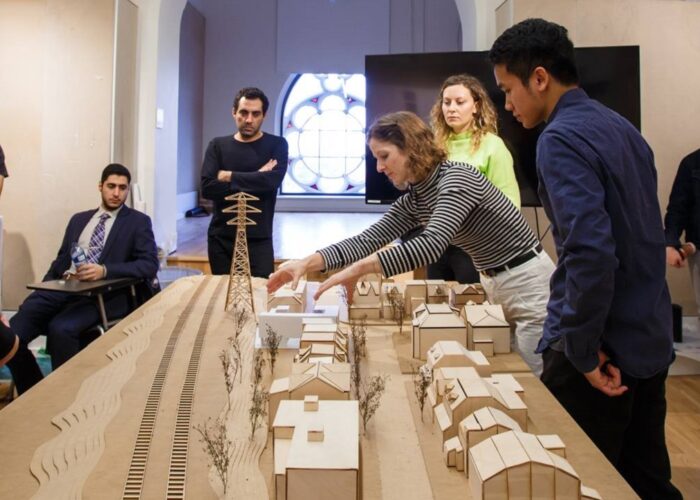
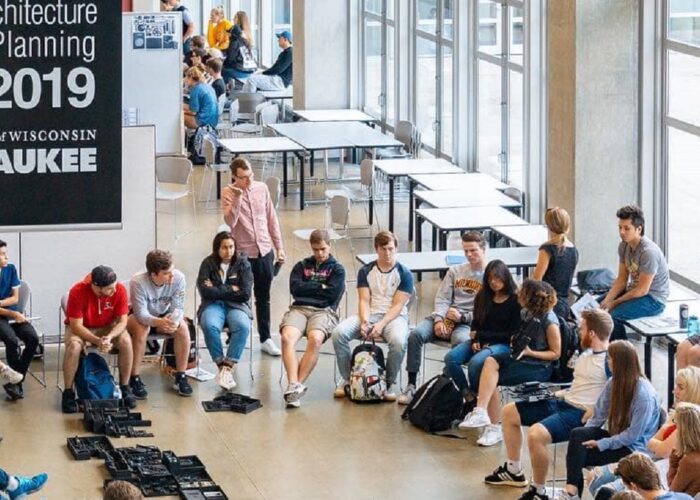

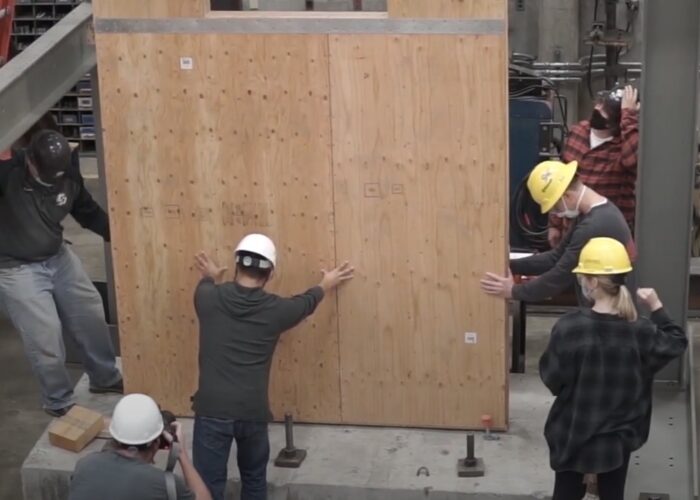

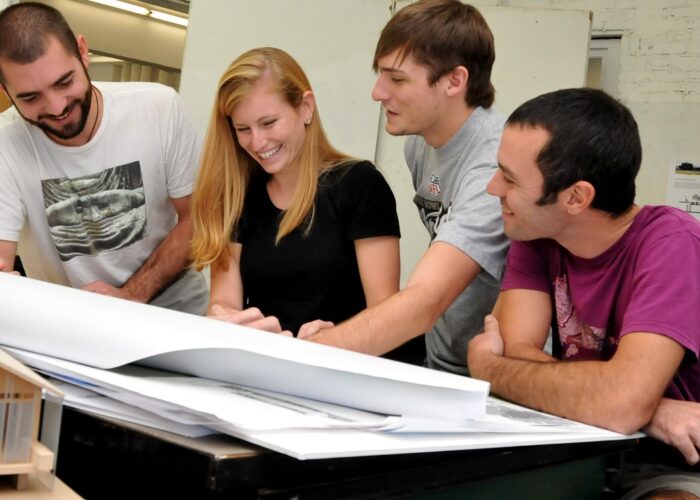

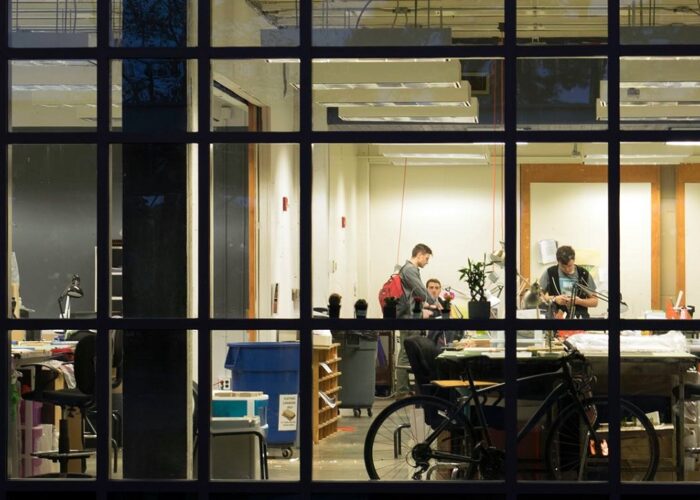
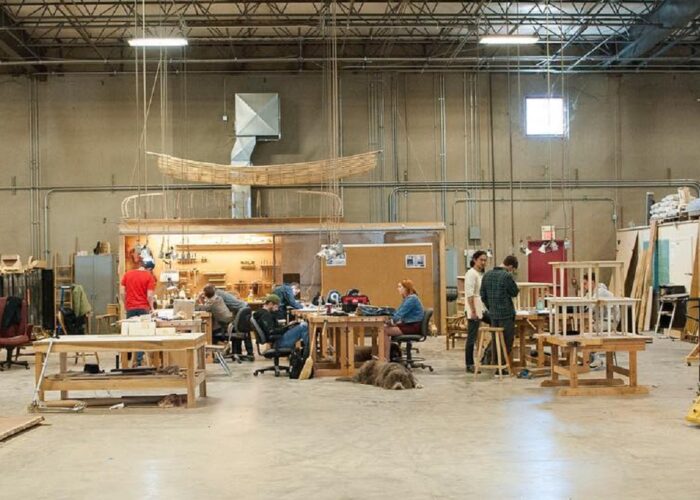
As reported by the US Department of Commerce Census Bureau the value of construction put in place by May 2025 by the US education industry proceeded at a seasonally adjusted annual rate of $135.970 billion. This number does not include renovation for projects under 50,000 square feet and new construction in university-affiliated health care delivery enterprises. Reports are released two months after calendar month. The complete report is available at the link below:
MONTHLY CONSTRUCTION SPENDING June 2025 (released two months after calendar month)
EVIDENTLY THE FEDERAL GOVERNMENT SHUTDOWN HAS DELAYED RELEASE OF THIS MONTH’S REPORT
Total construction activity for June 2025 ($2,136.2 billion) was 0.4 percent below the revised May 2025 estimate ($2,143.9 billion).
Learn more: https://t.co/ljpaYyKjuX#CensusEconData pic.twitter.com/TS6ewzZhc4
— U.S. Census Bureau (@uscensusbureau) August 1, 2025
This spend makes the US education facilities industry (which includes colleges, universities, technical/vocational and K-12 schools, most university-affiliated medical research and healthcare delivery enterprises, etc.) the largest non-residential building construction market in the United States after commercial property; and fairly close. For perspective consider total public + private construction ranked according to the tabulation most recently released:
$136.9590 billion| Education Facilities
$156.919 billion | Power
$68.968 billion | Healthcare
Keep in mind that inflation figures into the elevated dollar figures. Overall — including construction, energy, custodial services, furnishings, security. etc., — the non-instructional spend plus the construction spend of the US education facilities is running at a rate of about $300 – $500 billion per year.
LIVE: A selection of construction cameras at US schools, colleges and universities
![]()
We typically pick through the new data set; looking for clues relevant to real asset spend decisions. Finally, we encourage the education facilities industry to contribute to the accuracy of these monthly reports by responding the US Census Bureau’s data gathering contractors.
As surely as people are born, grow wealthy and die with extra cash,
there will be a home for that cash to sustain their memory and to steer
the cultural heritage of the next generation in beautiful settings.
More
National Center for Educational Statistics
AIA: Billings Index shows but remains strong May 2022
National Center for Education Statistics
Sightlines: Capital Investment College Facilities
OxBlue: Time-Lapse Construction Cameras for Education
US Census Bureau Form F-33 Survey of School System Finances
Global Consistency in Presenting Construction & Life Cycle Costs
“It’s a fine line between Saturday night
and Sunday morning” – Jimmy Buffett
“Rather a bottle in front of me
than a frontal lobotomy” — Some guy
Many people are surprised to learn what counts as a “drink”. The amount of liquid in your glass, can, or bottle does not necessarily match up to how much alcohol is actually in your drink. Even before the United States federal government withdrew from regulating alcohol, the conversation, and degree of agreement and attitude, remains remarkably regionally specific:
Missouri University of Science & Technology: What is a Standard Drink?
University of South Alabama: What is a Standard Drink?
Stanford University Office of Alcohol Policy and Education
Other nations serve alcohol to students on campus in university owned facilities.
I didn’t know that🤔 pic.twitter.com/rMT3X2fCN0
— Alix (@AlixG_2) August 17, 2024
— Dr. Maya C. Popa (@MayaCPopa) May 26, 2023
Casual reminder that Wisconsin has more bars than grocery stores pic.twitter.com/dG8YYRkoKd
— Midwest vs. Everybody (@midwestern_ope) March 30, 2025
Ingredients
We Love Our Cowgirls 🤎🤠💛#NGWSD • #OneWyoming pic.twitter.com/CTdwRsuSiV
— Wyoming Athletics (@wyoathletics) February 7, 2024
Instructions
Wash hands with soap and water for 20 seconds.
Combine the flour and pepper in a bowl, add the beef and toss to coat well. Heat 3 teaspoons of the oil in a large pot. Add the beef a few pieces at a time; do not overcrowd. Cook, turning the pieces until beef is browned on all sides, about 5 minutes per batch; add more oil as needed between batches.
Wash the counter and utensils that touched the raw meat. Wash hands with soap and water after handling raw meat.
Remove the beef from the pot and add the vinegar and wine. Cook over medium-high heat, scraping the pan with a wooden spoon to loosen any browned bits. Add the beef, beef broth, and bay leaf. Bring to a boil, then reduce to a slow simmer.
Cover the pot and cook, skimming broth from time to time, until the beef is tender, about 1 1/2 hours.
While the beef is cooking, scrub the onion, carrots, and potatoes with a clean vegetable brush under cold running water. Prepare vegetables as directed in the ingredients.
Add the onions and carrots to the pot and simmer, covered, for 10 minutes. Add the potatoes and simmer until vegetables are tender, about 30 minutes more. Add broth or water if the stew is dry. Season with salt and pepper to taste.
Serve immediately.
University of George Financial Report 2022 | $2.1B
If you find yourself eating a pecan pie tomorrow, odds are it was grown in Georgia! pic.twitter.com/0FiKTlCAQi
— UGA (@universityofga) November 24, 2021
University of Georgia: Cranberry Pecan Pie
The popularity of Georgia pecan pie can be attributed to several factors:
New update alert! The 2022 update to the Trademark Assignment Dataset is now available online. Find 1.29 million trademark assignments, involving 2.28 million unique trademark properties issued by the USPTO between March 1952 and January 2023: https://t.co/njrDAbSpwB pic.twitter.com/GkAXrHoQ9T
— USPTO (@uspto) July 13, 2023
Standards Michigan Group, LLC
2723 South State Street | Suite 150
Ann Arbor, MI 48104 USA
888-746-3670
